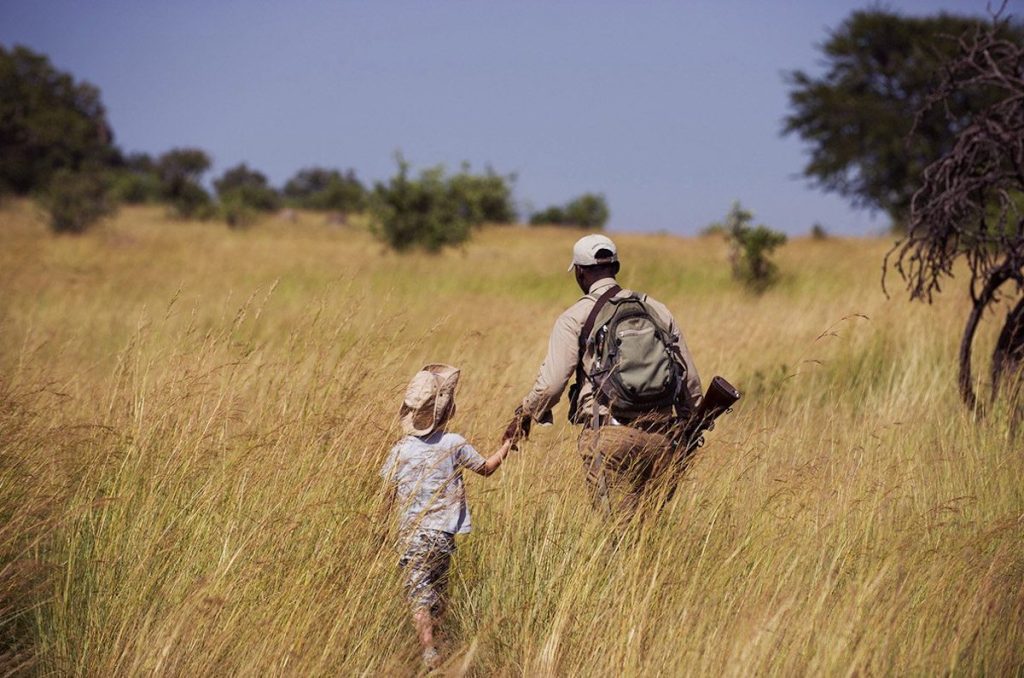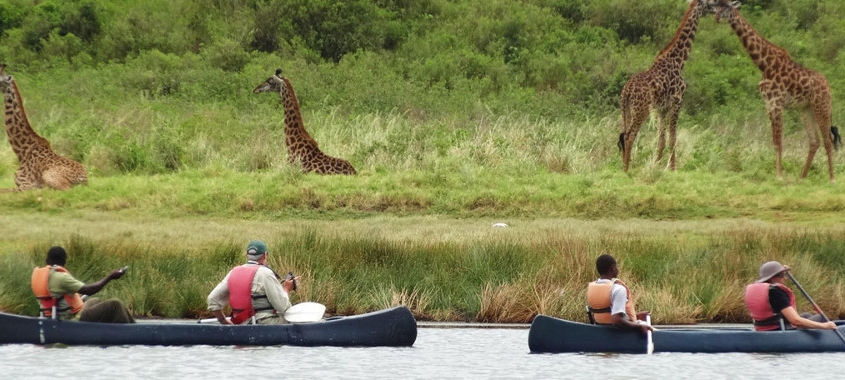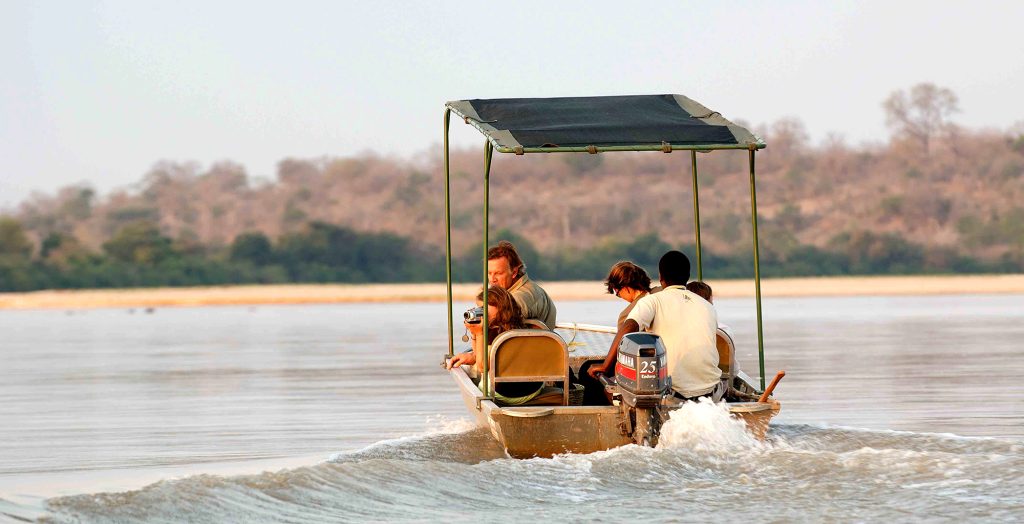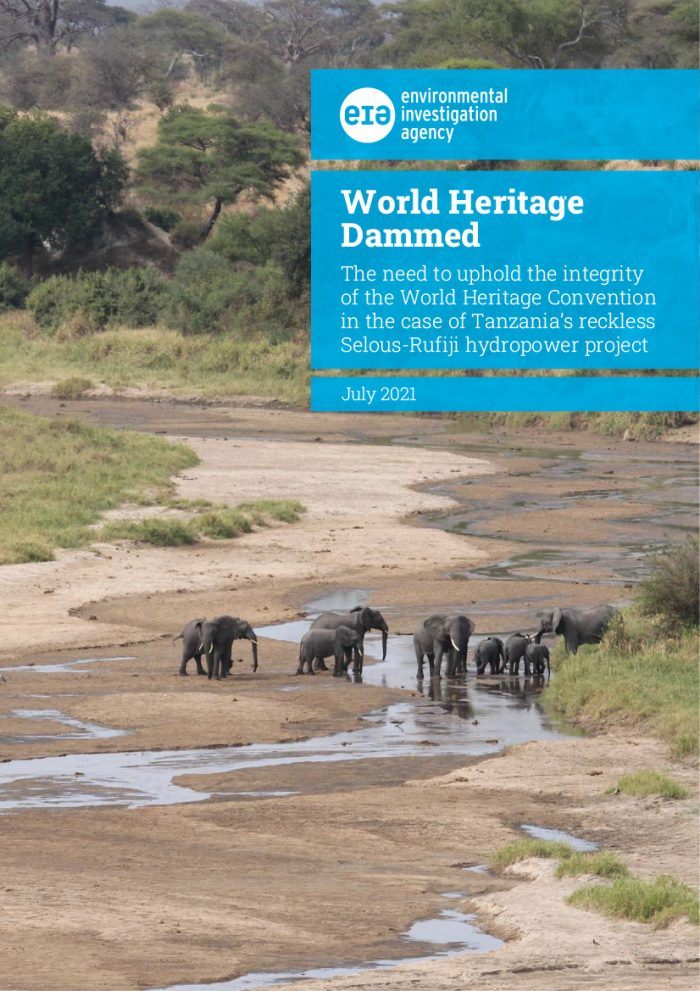Preserving Africa’s Wildlife: The Conservation Role of Selous Game Reserve




Introduction
Selous Game Reserve, a UNESCO World Heritage Site located in southern Tanzania, is one of Africa’s most critical areas for wildlife conservation. Spanning an area of over 50,000 square kilometers, it is one of the largest game reserves in the world and plays a vital role in the preservation of Africa’s endangered species and diverse ecosystems. The conservation role of Selous Game Reserve goes beyond simply protecting wildlife; it encompasses habitat restoration, research, sustainable tourism, and community engagement, making it a key player in safeguarding Africa’s natural heritage.
The Importance of Selous Game Reserve in Wildlife Conservation
Selous is home to some of Africa’s most iconic species, including elephants, lions, African wild dogs, and black rhinos. Its expansive landscapes, from riverine forests to savannah grasslands and wetlands, create a vast and varied habitat that supports an incredible diversity of wildlife. The reserve plays a crucial role in:
- Protecting Endangered Species: Selous provides a safe haven for many endangered species, such as the African wild dog, the black rhino, and the cheetah. The park’s remote location and effective management allow these species to thrive without the immediate threat of poaching or habitat loss.
- Conserving Biodiversity: Selous is a biodiversity hotspot, with more than 440 species of birds and a wide array of plant and animal species. By maintaining these habitats, Selous contributes significantly to Africa’s biodiversity conservation efforts.
- Elephant Conservation: Selous is known for hosting some of the largest remaining populations of African elephants. Due to the reserve’s vast size and protection measures, elephants are able to roam freely and safely across the reserve’s terrain, playing a crucial role in the overall conservation of the species.
Conservation Programs in Selous Game Reserve
1. Anti-Poaching Efforts The reserve has implemented a range of anti-poaching strategies to protect its wildlife from illegal hunting, particularly the poaching of elephants for their ivory. Patrolling units, wildlife monitoring, and use of advanced technology like drones help to track and deter poachers from entering the park. The cooperation between the Tanzania National Parks Authority (TANAPA), the Tanzania Wildlife Authority (TAWA), and local communities has been vital in curbing illegal activities in the area.
2. Habitat Restoration and Protection Selous Game Reserve is dedicated to restoring and protecting its habitats. Whether it’s through invasive species management, controlling wildfires, or the reforestation of degraded lands, these efforts ensure the reserve remains a stable environment for both flora and fauna. The park also works towards restoring the health of the Rufiji River, which is crucial for sustaining the reserve’s wetlands and aquatic species.
3. Research and Monitoring Research and monitoring are at the heart of Selous’ conservation efforts. The reserve constantly monitors the health of wildlife populations, especially endangered species, to ensure their long-term survival. Various research projects focus on wildlife health, population dynamics, and the impacts of climate change on the reserve’s ecosystems. These studies help to inform conservation strategies and guide management decisions within the park.
4. Community Involvement and Collaboration Local communities play an integral role in the conservation of Selous Game Reserve. Through community-based conservation programs, the reserve encourages sustainable livelihoods for the people living in and around the reserve. This includes initiatives such as eco-tourism, sustainable agriculture, and alternative sources of income to reduce dependency on illegal activities like poaching and logging. In return, the communities benefit from the revenue generated by tourism, creating a direct link between conservation efforts and improved local welfare.
5. Sustainable Tourism Tourism in Selous Game Reserve is carefully managed to ensure it contributes to conservation efforts while providing an exceptional experience for visitors. Eco-friendly lodges and camps operate in the park, focusing on low-impact practices that minimize damage to the environment. Income generated from tourism helps to fund conservation activities and supports the park’s management and staffing. Additionally, tourism raises awareness about the importance of wildlife conservation and helps to create a sense of global responsibility for protecting Africa’s natural wonders.
6. Fighting Climate Change As with many protected areas across Africa, Selous faces the challenges posed by climate change. Rising temperatures and changing rainfall patterns can affect both wildlife and plant species. The park’s conservation strategies include adapting to these changes by restoring wetlands, protecting water sources, and ensuring the reserve’s ecosystems are resilient enough to withstand future challenges.
The Role of Selous Game Reserve in Protecting Iconic African Species
Selous Game Reserve’s conservation efforts are crucial in safeguarding some of Africa’s most threatened and iconic wildlife. Here’s a closer look at some of the species benefiting from these efforts:
- African Wild Dogs: The reserve hosts one of the largest populations of African wild dogs, an endangered species that is threatened by habitat loss and human-wildlife conflict. Selous is critical in providing a secure environment for these dogs to breed and thrive.
- Black Rhinoceros: The reserve’s efforts to protect black rhinos are a model for wildlife conservation in Africa. Anti-poaching patrols, along with the establishment of wildlife corridors, help to ensure the survival of this critically endangered species.
- Elephants: Selous is home to a significant population of elephants, which play a vital role in maintaining the ecological balance of the reserve. Conservation programs aim to protect them from poaching and habitat destruction, ensuring that future generations can experience these magnificent creatures in the wild.
- Cheetahs: Selous’ vast plains are an ideal habitat for cheetahs, an iconic predator whose numbers have been declining in many parts of Africa. The reserve’s efforts to protect its cheetah population are critical to ensuring the survival of the species.
How Selous Game Reserve Benefits Global Conservation
The conservation role of Selous Game Reserve extends far beyond the borders of Tanzania. By preserving this important wilderness area, Selous contributes to the overall conservation of Africa’s natural heritage. The reserve plays a key part in maintaining the integrity of the Serengeti ecosystem, helping to protect migratory species that move between these two areas. It also acts as a model for sustainable land management and community-based conservation in Africa, showing how conservation and development can work hand in hand.
Furthermore, Selous’ efforts to protect its wildlife also benefit global biodiversity, as many of the species found here are critical to maintaining healthy ecosystems worldwide. By supporting conservation programs and advocating for the protection of such areas, the world can help ensure that Africa’s natural resources continue to thrive for generations to come.
Conclusion: The Vital Role of Selous Game Reserve
The conservation role of Selous Game Reserve cannot be overstated. It is a lifeline for many endangered species, a sanctuary for biodiversity, and a model for sustainable conservation practices. Through its efforts in anti-poaching, habitat restoration, community involvement, and sustainable tourism, Selous is helping to secure the future of Africa’s wildlife while benefiting local communities and the global environment. A visit to Selous Game Reserve is not only an opportunity to witness Africa’s incredible wildlife but also a chance to contribute to the ongoing efforts to protect it for future generations.

One Comment